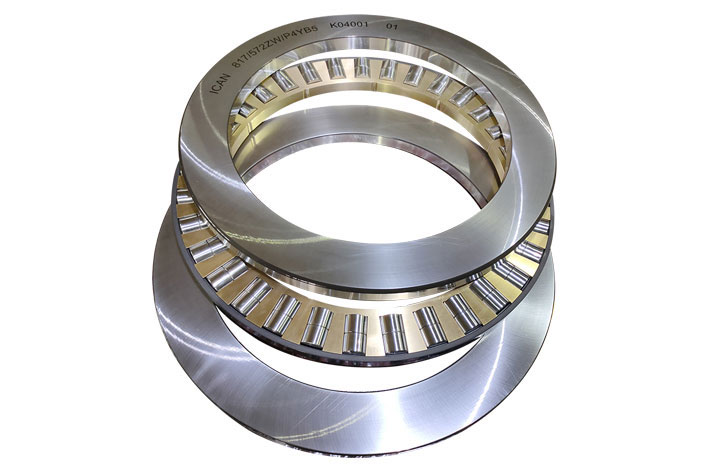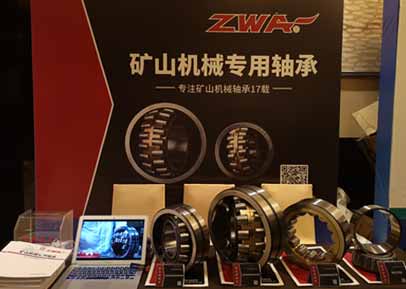
Spherical roller bearings are used in various industrial applications and machinery. When a spherical roller bearing starts to fail. There are several signs that can state the problem. Here are some common signs of spherical roller bearing failure and how they can be diagnosed:
1. Abnormal Noise:
Unusual noises. Such as grinding, knocking, rumbling, or clicking sounds, coming from the bearing area can state bearing failure. These noises may become louder or more pronounced as the failure progresses.
Diagnosis:
Conduct a thorough inspection of the bearing by listening for abnormal noises during operation. Isolate the bearing from other components to determine if the noise is related to the bearing. If the noise persists, it is likely a sign of bearing failure.
2. Vibration:
Excessive vibration can occur when a bearing is failing. It may feel like a rough or shaky movement in the equipment or machinery.
Diagnosis:
Use vibration analysis techniques or monitoring equipment to measure and analyze the vibration levels. Excessive vibration in the bearing's vicinity can state a failing or damaged bearing.
3. Overheating:
If a spherical roller bearing is failing, it can generate excessive heat. Overheating can be detected by touch or by using temperature monitoring devices.
Diagnosis:
Check the temperature of the bearing housing. Or use infrared temperature sensors to measure the operating temperature. If the bearing is hotter than normal, it may be a sign of impending failure.
4. Increased Friction or Drag:
A failing bearing may exhibit increased friction or resistance during rotation. This can result in reduced rotational speed or increased power consumption.
Diagnosis:
Monitor the rotational behavior of the bearing by checking for any noticeable increase in friction or drag. This can be done by rotating the bearing or by using specialized equipment to measure the torque required for rotation.
5. Abnormal Wear Patterns:
Visual inspection of the bearing surfaces can reveal signs of wear. Including pitting, spalling, or discolorationr,. These abnormalities can state bearing failure.
Diagnosis:
Disassemble the bearing and inspect the rolling elements, raceways. And cages for any signs of wear or damage. Look for indications of metal-to-metal contact, flaking, or loss of lubrication.
It's important to note that diagnosing bearing failure may need expertise and specialized tools. Especially for complex machinery. If you suspect bearing failure. It is recommended to consult with ZWA Bearings who can perform a thorough analysis and provide appropriate recommendations for repair or replacement.

